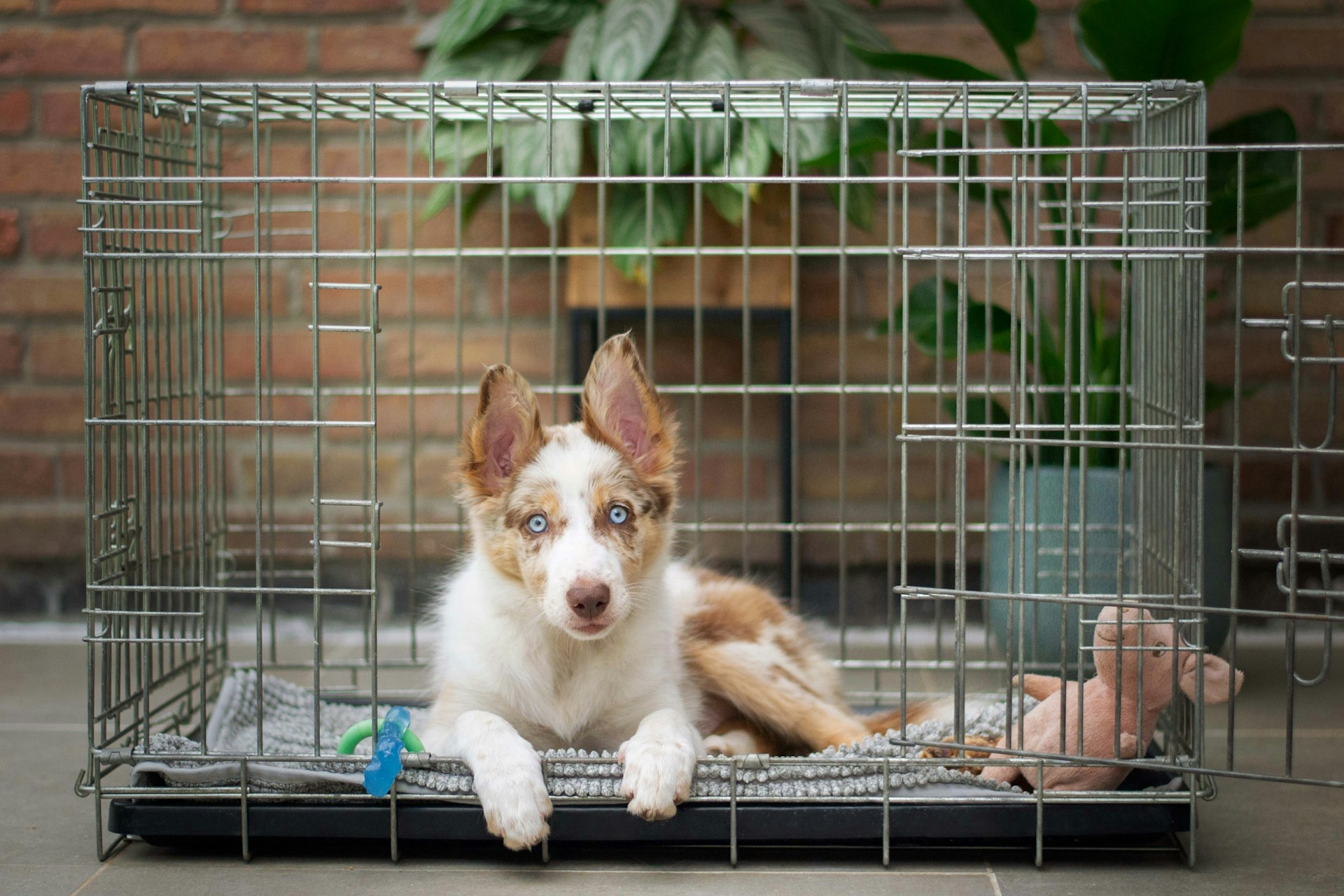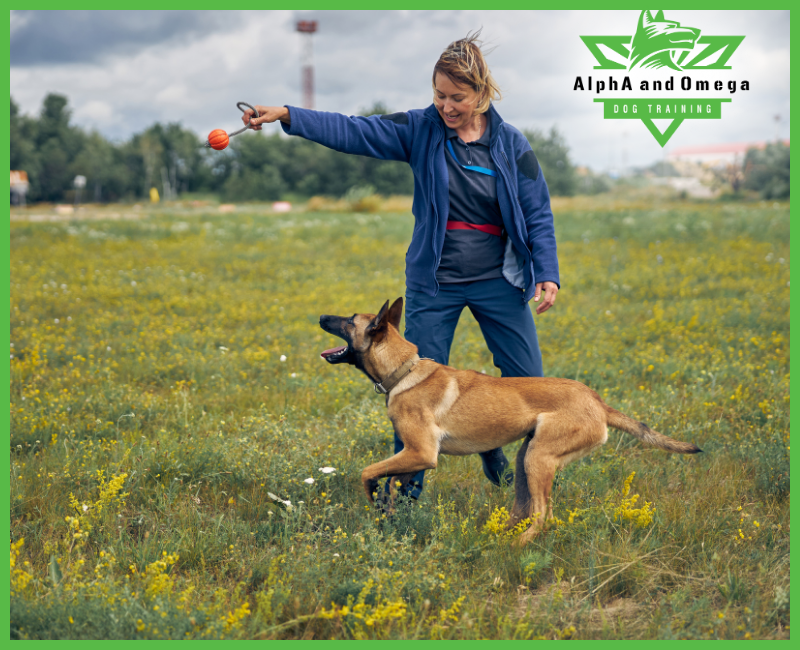
Ready to dive into 2024 with some pawsitive vibes? As many folks are thinking of adding new furballs to their families, things might get a bit lively! Today, we’re chatting about the real deal of having multiple pets, showing our training tips and tricks for a smoothly running family this year. If you have questions, we are here. We offer all kinds of packages to suit your unique needs — even tune-up one-off sessions if you’ve seen one of our trainers before.
Expert Tips for Issues Between Multiple Pets
We’ve rounded up the most common questions that our dog trainers hear from owners just like you. A common question is, “How do I handle multiple pets?” When you love animals, it’s tempting to have lots of pets. After all, if owning one dog is wonderful, it must be even better to have two or three! But living in a household with multiple dogs comes with its special challenges, like preventing a free-for-all at mealtimes. And having cats and dogs in the same house can require extra effort to maintain order between the species. So, how do you handle multiple pets? Whether you want to prevent jealousy, minimize conflict, or bond with each animal, there are ways to manage a multi-pet household. These 10 tips will allow you to balance the needs of your pets so you can all truly benefit from each other’s company.
1. Establish a Stable Routine
Routine is comforting for dogs, and that’s particularly true for multi-pet homes. Knowing when to expect exercise, playtime, meals, etc. can ease anxiety and boost confidence. You don’t have to be overly rigid but plan your pets’ schedules and try to be consistent. Make sure every day involves interaction with each pet. But it’s also important to include daily alone time for young dogs (cats have that down pat) as that can help them learn to be independent and will go a long way to preventing separation anxiety.
2. Set Aside Time for Each Pet
Each of your pets should get a chance to spend time with you every day. It might be tempting to focus on a new puppy rather than a well-behaved older dog. Or to assume your cat is fine living solo. But favoring one pet over the other can lead to jealousy and behavior problems. After all, acting up is a great way to get the attention your pet is likely craving. Try to combine meeting the needs of your pets with your own needs. For example, if you need to unwind each evening, that’s a great time to hang out with your cat, but you can increase your step count by hiking with your dog.
3. Provide One-on-One Play and Bonding Time
Training, exercise, grooming, and just plain hanging out are all important, but make sure your schedule includes one-on-one time with each pet for play and bonding too. Consider each pet’s favorite activities and build them into your day. That might be playing fetch for one dog and agility training for another. Or consider taking your dogs for walks individually so each pet gets special time with you. While you are with one pet, make sure the other is happy on their own. Consider placing them in a crate, exercise pen, or gated pet-safe area with a much-loved treat like a food-stuffed chew toy.
4. Train Pets Separately
One of the trickiest elements of dog training is teaching your dog to ignore distractions. And what’s more distracting than another pet? Puppies can’t learn when there are more exciting things to do than listen to you! And even well-behaved dogs can lose their focus when another pet runs across the room. That’s why you should train your dogs separately. Work with one dog at a time and place the other dog in a crate or a different room. You can also use a leash or tether to prevent dogs from interfering with each other while you train.
5. Feed Pets Separately
One of the most important things in your pets’ lives is food. That’s why it can often be the source of competition and resource guarding. Prevent issues by feeding your pets in separate areas. That includes high-value treats and food-stuffed toys too. For example, you might feed each dog in their crate which has the bonus of building positive associations with that space. Or feed your cat on an elevated surface to keep your dog away. Plus, separating pets at mealtimes makes it far easier to manage your dog’s weight and nutrition or notice when a pet has lost their appetite.
6. Provide Private Areas for Each Pet
7. Make the Crate a Happy Place
Because they provide so many benefits, particularly in a multi-pet home, it’s important to teach your dogs to love spending time inside their crates. Make the crate a relaxing and positive place. Always provide your dog with a treat or toy when they’re inside to occupy their time and build happy associations. If you’ve placed your dog inside so you can focus on another pet, move the crate to a secluded area so the dog doesn’t get jealous of the other pet receiving attention nearby.
8. Supervise Interactions Between Pets
Although you can foster harmony between your pets, not all animals will get along. And even the best of furry friends can have spats. That’s why it’s important to supervise interactions between pets, particularly in the beginning when you’re unsure of the outcome. You don’t want a more rambunctious pet, like a new puppy, to bother an older or calmer pet. And you don’t want fights over resources like toys or your attention.
When your household is bustling, such as when you have holiday visitors, it can become impossible to supervise your pets. Plus, that extra commotion may cause them stress and anxiety as their usual routine has been disrupted. In such situations, it’s best to separate your pets. That will avoid conflict between them, help them stay calm, and prevent problem behavior.
10. Limit High-Arousal Play and Competitive Activities
As dogs can get jealous of other pets in the home, it’s important not to encourage rivalry. That means minimizing competitive activities like having two dogs chase after the same ball. You want your pets to see each other as friends, not opponents. It also helps if you don’t rile up your pets while they’re around each other. The more excited your dogs become, the more they may lose emotional control. An aroused pet is more likely to forget their manners and act badly. If you need expert advice from experienced trainers or have additional dog training questions, we are here.





